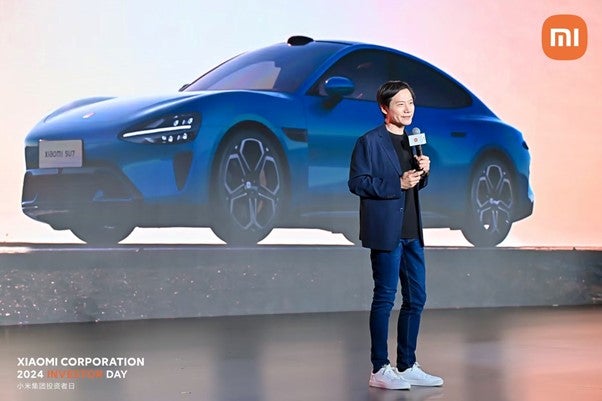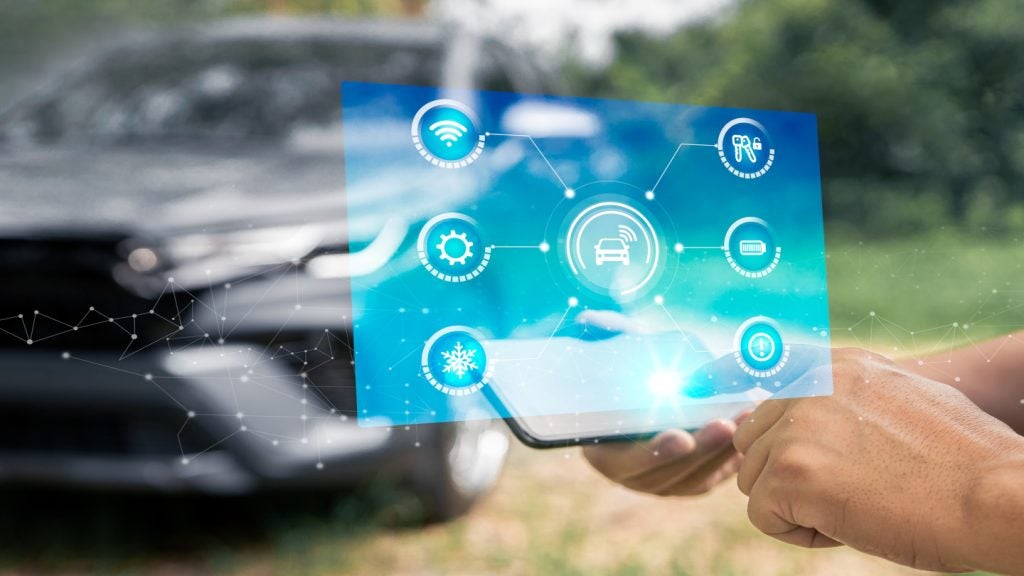 Access to high security buildings through eye and fingerprint identification is already here, and carmakers are looking to apply similar ID techniques – probably in form of finger pads in door handles. Jeff Daniels gives a progress report and poses some yet unanswered questions when these ‘biometric’ cars have to pass into other hands.
Access to high security buildings through eye and fingerprint identification is already here, and carmakers are looking to apply similar ID techniques – probably in form of finger pads in door handles. Jeff Daniels gives a progress report and poses some yet unanswered questions when these ‘biometric’ cars have to pass into other hands.
There’s a new buzzword around the security industry: biometrics. We need to become familiar with it because we are very close to seeing it applied to cars. Biometrics is the science of measuring anything about the human body which is unique, or so nearly so that the chances of a match can be statistically ignored. It’s not a new science. It has been with us since fingerprinting was introduced, and has been a science since DNA identification techniques were devised a couple of decades ago.
Even identical twins have different fingerprints. They also have different and unique patterns of blood vessels in their retinas. This is important, because these two patterns, the fingerprint and the eyeball, are becoming the standard references for most biometric work.
Biometric security systems are already in use in some strategic offices. The days of the magnetic swipe-card are numbered. You can leave your card at home, lend it to somebody else, even be knocked on the head and have it stolen. But your eyes and your fingertips go wherever you go. It is convenient, too. No need to fiddle with a card, let alone enter a number on a keypad: you just press a finger against a recognition pad or stare at a spot on a screen while a camera picks off the detail of your eyeball. It happens in high-security laboratories, and the betting is that very soon it will happen when you approach your car – starting at the top end of the market, naturally, as these things always do.
Unique patterns
How well do you really know your competitors?
Access the most comprehensive Company Profiles on the market, powered by GlobalData. Save hours of research. Gain competitive edge.

Thank you!
Your download email will arrive shortly
Not ready to buy yet? Download a free sample
We are confident about the unique quality of our Company Profiles. However, we want you to make the most beneficial decision for your business, so we offer a free sample that you can download by submitting the below form
By GlobalDataWhat happens behind the finger-pad or the scanning camera is not, according to experts, all that complicated. The pattern is set against a “matrix” of closely spaced dots: a hot or a miss each time. The results of scanning a few hundred dots are enough to establish uniqueness, and identity. You are who you are – no question. In modern computer terms, the technique is a mere nothing. Remember a good modern digital camera scans-in up to 4 million pixels of information in the time it takes you to press the button. Yes, of course there are ways to allow in the programming for the fact that the alignment is going to be slightly different each time. And yes, there are ways of ensuring that the device is being presented with a real fingertip – or eyeball – and not some carefully prepared facsimile.
“The days of the magnetic swipe-card are numbered.” |
Naturally the systems engineers will seek some means of ensuring it never happens. There will be a sensor in each front door handle – most unlikely that both will go down at once. There will be a back-up battery so that the system can never go down with simple power failure. Except that “never” is one of those weasel words in the world of vehicle electronics. I speak here as someone for whom these modern individually-programmed-at-reception hotel room keys fail to work about one time in three. Like W S Gilbert, and the crew of HMS Pinafore, we all know that “never” means “hardly ever” and that the service department will be left to sort out the results of any freak malfunction.
The trouble in this case is, how? Presumably if a car resolutely refuses to recognise anyone and remains locked, we will have to resort to some kind of override. Yet does that not defeat the whole purpose of the exercise? If an override method exists, you would be a fool to bet the professional villain won’t know about it almost as soon as the professional service engineer.
Coming to an up-market car near you …
“At the moment, fingerprints are the popular bet for car applications.” |
One question I should have thought to put to Audi’s experts was what is supposed to happen when I leave my car at a dealership for servicing. After all, it will only open for the handful of people held in its memory (and how do you program it in the first place, how do you re-program it as a legitimate second owner?). So how does the service engineer enter the car and start the engine? You can leave your keys with the dealer but not your fingertip.
And what about those occasions when keys are left at a hotel or business centre reception desk so that vehicles can be driven to a secure car park? What, indeed, happens when biometric security moves further down the car range into the rental sector? Again that poses the question: if there’s some kind of override, doesn’t it defeat the whole point of the exercise?





